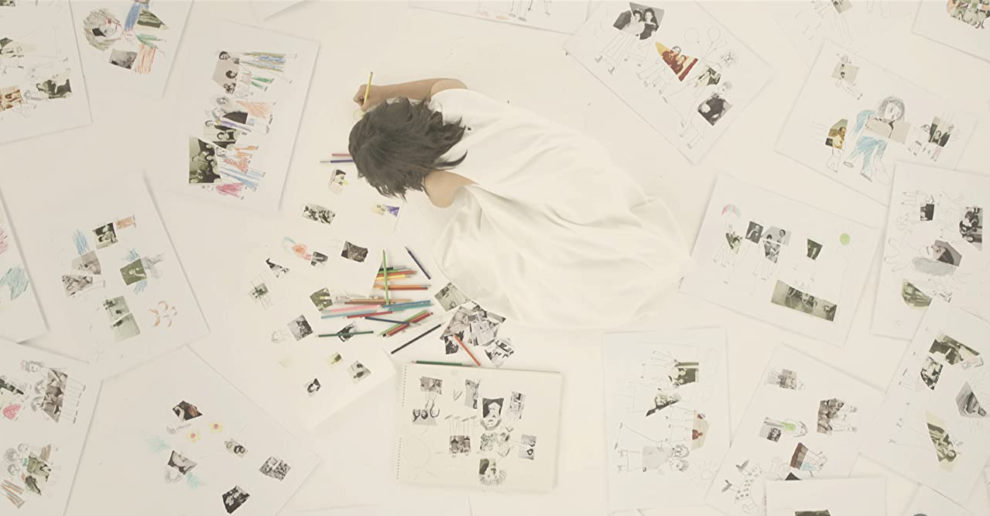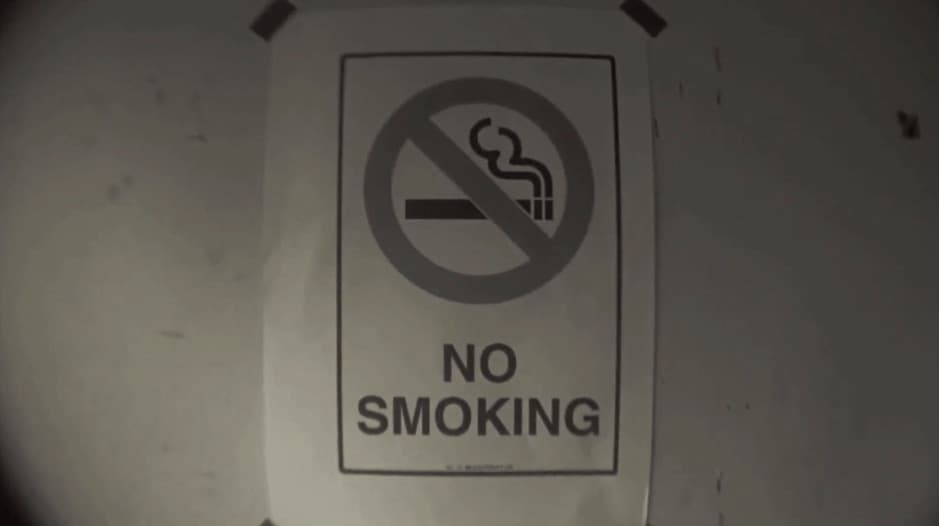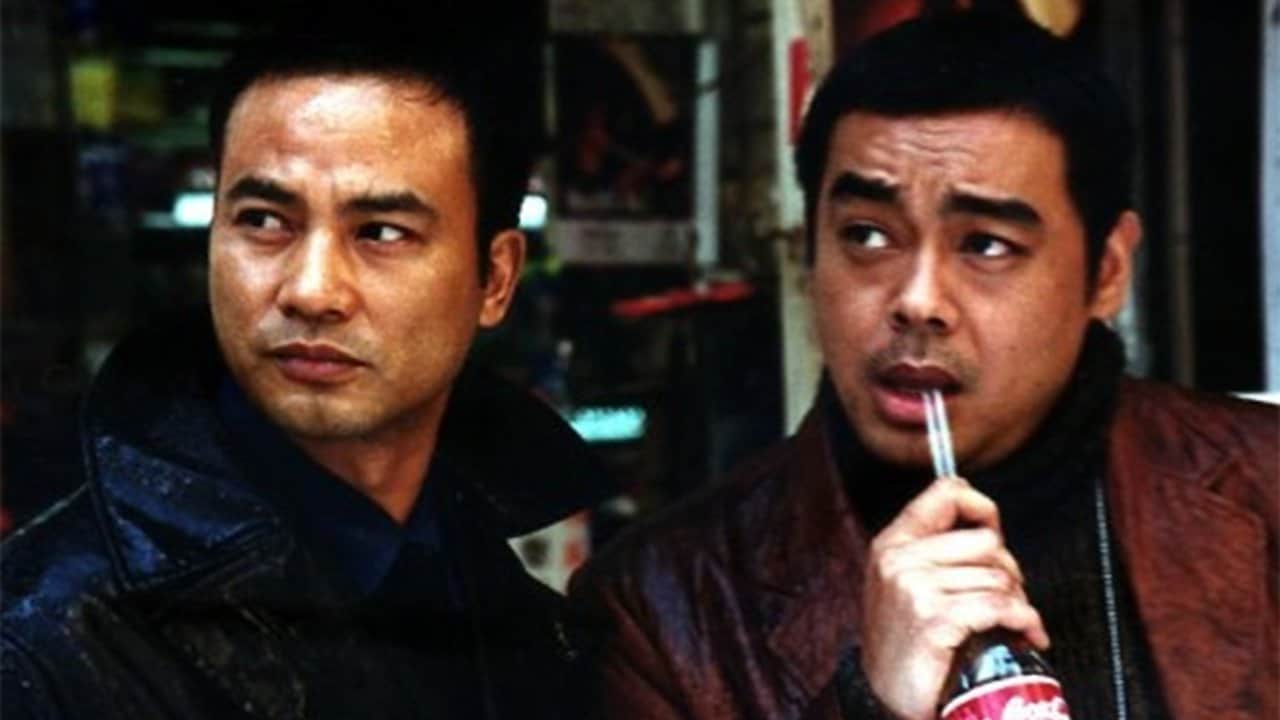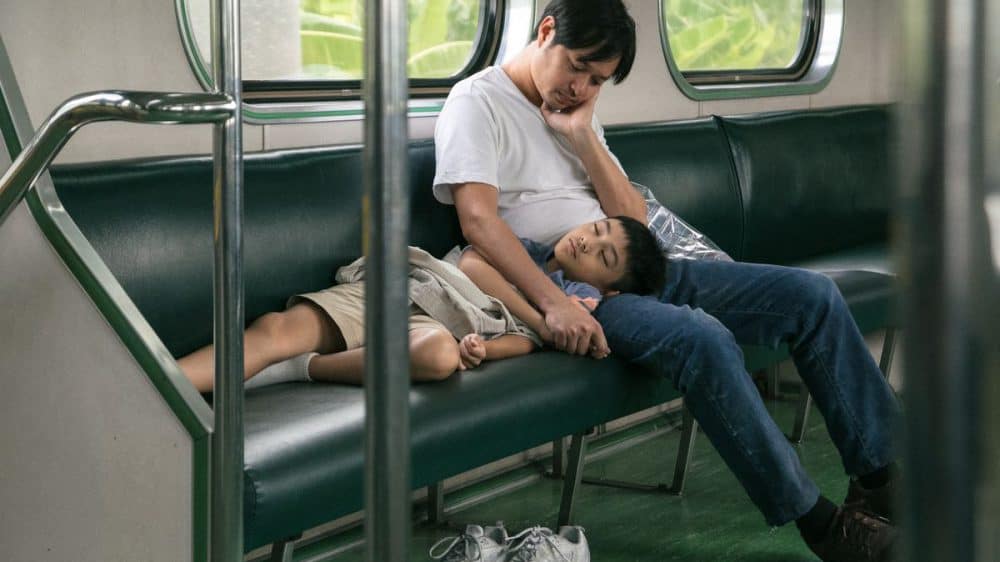Winner of Best Feature Documentary and Best Creative Use of Archive at IDFA, “Radiograph of a Family” forms a parallel between the story of the director's family and the history of Iran, in a rather personal but also globally appealing film.
Radiograph of a Family is screening at the Thessaloniki Documentary Festival
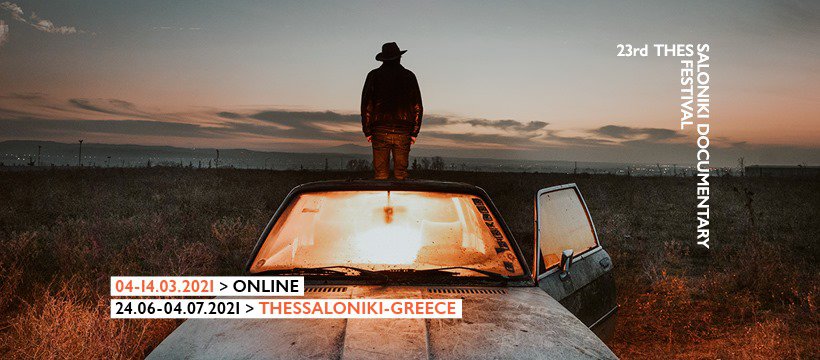
Firouzeh's mother married, literally, her father's photography in Tehran during the 60's, since, at the time, he was studying radiology in Geneva and was not able to participate in the ceremony. In order to move with him there, however, she had to get married first, and that is what she did, moving to Europe immediately after. Over there, and while their love and tenderness for each was rather evident, their intense differences started appearing. Her father came from a liberal and secular family, and he was a lover of culture, fine arts and classical music. She, on the other hand, came from an intensely religious family, and Europe with all its “liberal” customs, shocked her to the core, as she was watching women dressed in what, in her mind, was next to being naked, drinking and dancing, and most of all, not praying. Her father tried to make her relax, but she never actually fully conformed to western culture, although she mostly succumbed to his wishes.
After Firouzeh was born, the family returned to Tehran, where her mother got to know a whole different Iran through his family, who followed his style of living and thinking, in contrast to her own, who followed the strict laws of sharia. The tension between the two remained and the balance was always thin, but things took a rather radical turn, after the Islamic revolution. Her mother, perhaps as a reaction to what she experienced in Europe and his overall ways, fully committed herself to the revolution, finding new reason and new identity. She became an activist, and essentially a leader of the community as a school principal. As the war with Iraq raged, she also received military training. At the same time, her father saw everything he believed in and enjoyed being destroyed, including their home, but accepted everything stoically, gradually succumbing to depression, as the balance was completely tipped towards her mother.
Firouzeh Khosrovani creates a rather impressive collage that combines archive footage, old letters and 140 photos from the family album with her own narration, and voice acting from two individuals recreating the dialogues between her parents. Her narrative is rather impressive, with the way the history of her family parallels that of Iran being one of the best parts of the documentary, as it allows her to create a film that is both personal and universal. Particularly the way the duo mirrors Iran before and after the revolution, and essentially the clash between the cultural road to the West and the return to the values of Islam is rather shocking to witness, as much as the switch in balance it brought to the relationship of her parents. At the same time, it presents a question regarding the reasons for her mother's metastrophe, and the role her time in Europe and the attitude of her father there played in this. Somewhat subtly, but also eloquently, Khosrovani takes her father's side in this clash, essentially revealing much also of her own character, through her family's history.
As much as in the comments and the overall narrative, the film also shines in terms of presentation. Farahnaz Sharifi, Jila Ipakchi and Rainer M. Trinkler's editing in particular is exceptional, especially in the way all those different narrative tools are combined, in an approach that allows the documentary to unfold as a story from a novel, adding significantly to the entertainment it offers. Also of excellence is the way Khosrovani uses the changes in the family's house in Tehran in order to present the changes that occurred within the family and the country itself, a “trick” that adds to the artfulness of the documentary and works as a great transition between the various periods of the story. The finale of the movie, which shows the state of the house now, concludes the documentary in the best way. Lastly, the presence of the radiography of her mother after an accident she had in Europe, which shows a fracture she had on her spine, works as an excellent metaphor for the fracture that occurred in their parent's relationship.
“Radiograph of a Family” is a great documentary that manages to combine artfulness with a very interesting story and a parallel to the history of Iran, through a rather brave approach due to its intimacy.


